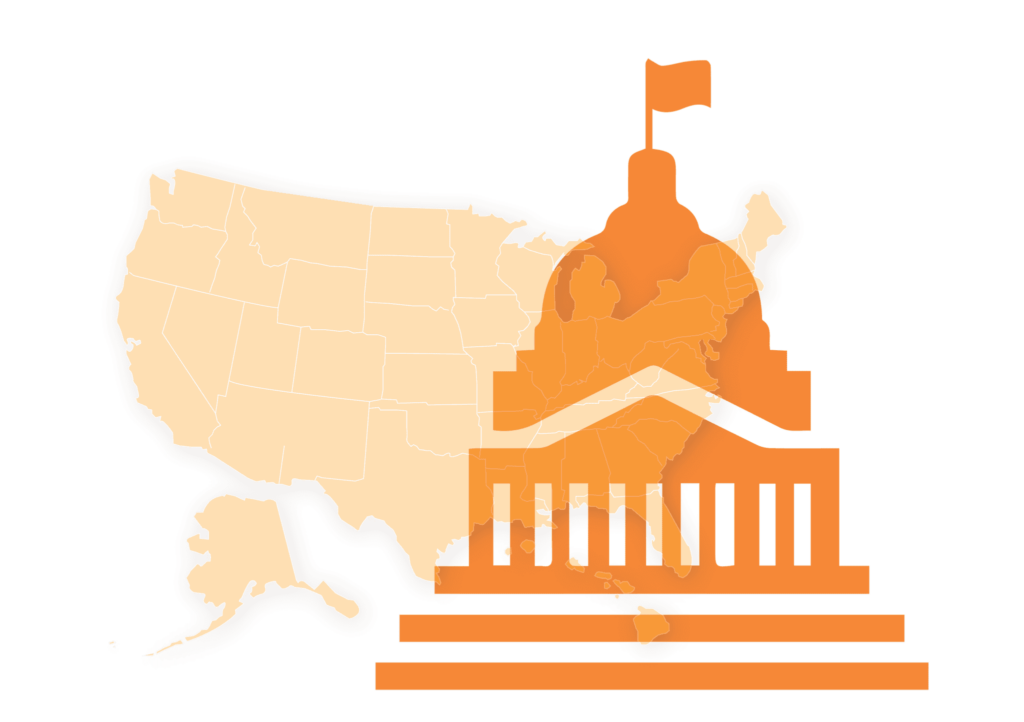The interim final rule does not prioritize students facing the greatest barriers to educational success — students who were most marginalized before this current public health crisis.
As decisions are made about how to distribute much needed supplemental funds to communities, the Department should encourage state, district, and school leaders to prioritize children and families facing the greatest barriers to educational success – not prioritize those who attend wealthy private schools. Historically, non-White school districts have received $23 billion less than White school districts with similar numbers of children enrolled, and that financial disparity may be exacerbated with the current impact of COVID-19. We also know students from low-income families are more likely to be identified for special education than their non-low-income peers.
School closures due to coronavirus have impacted at least 124,000 U.S. public and private schools and affected at least 55.1 million students. The COVID-19 public health crisis is happening in the context of gross racial inequities in access to the Internet and connected devices. According to a 2015 study, while 81 percent of White Americans and 83 percent of Asian Americans have home Internet, only 72 percent of American Indian/Alaska Natives, 70 percent of Latinos, 68 percent of African Americans, and 68 percent of Native Hawaiian/Pacific Islanders are connected at home.
Prior to the COVID-19 public health crisis, public schools in the United States were among the most inequitably funded of any in the industrialized world, and state and local education funds were routinely used in a way that provided greater funding to school districts with a higher concentration of White children than of children of color. The COVID-19 pandemic will financially impact the 13,000 school districts across the nation and will disproportionately affect low-income communities – including disproportionately communities of color. Districts serving a greater share of low-income students and students of color will most likely – without strong leadership in support for educational equity – be forced to cut critical programs and lay off essential staff members, and in the process, widen the disparities between rich and low-income schools. That is why Congress chose to direct the most federal funding to higher-poverty school districts, even as they recognized that the COVID-19 pandemic has caused disruptions for all students across the country.
For the reasons provided above, the Department should promptly withdraw this interim final rule. The Department is disregarding congressional intent in the CARES Act and willingly directing additional services to students in private schools based on the number of non-low-income students they serve, taking that funding away from public school districts with a high percentage of low-income students. Low-income students in public schools must be able to receive emergency aid from their local school districts during this emergency as Congress intended. We condemn, in the strongest terms, the secretary’s effort to advance her own agenda at the expense of low-income students in the middle of a national crisis.
If you have any questions or need additional information, please contact Steven Almazan, K12 Education Program Analyst at The Leadership Conference, at almazan@civilrights.org.

 July 30, 2020 by
July 30, 2020 by 



